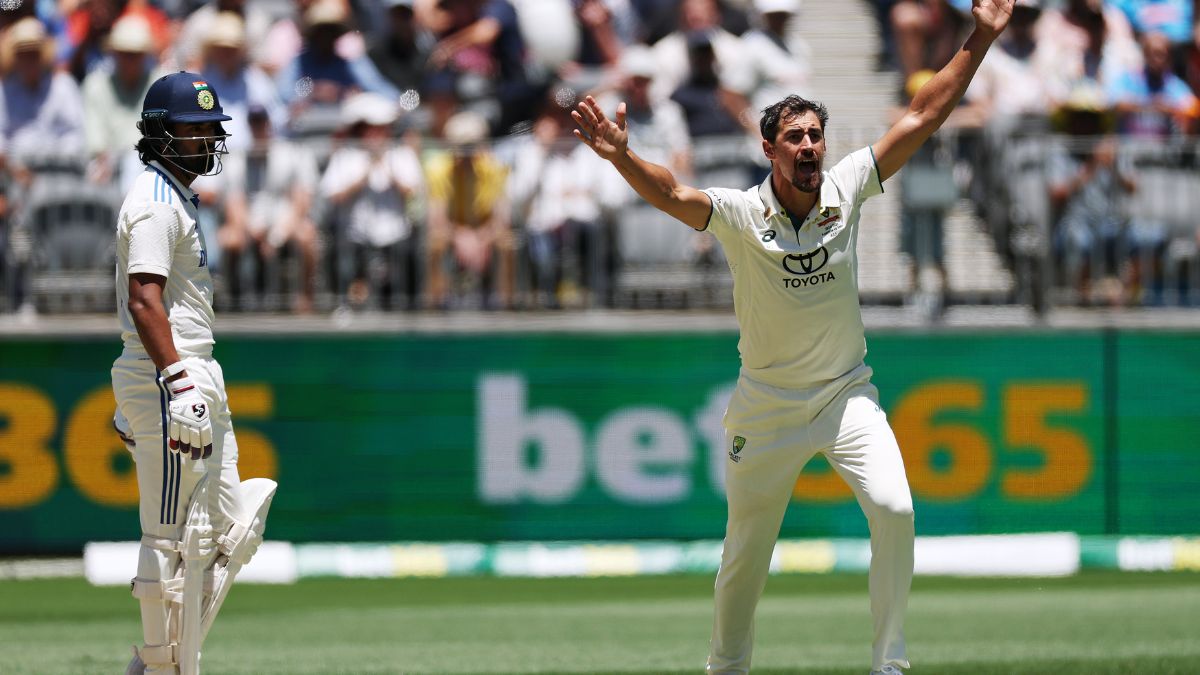 |
|
The first day of the India-Australia Test match in Perth witnessed a dramatic turn of events, culminating in a controversial dismissal that sparked debate among players, commentators, and fans alike. The incident centered around KL Rahul's dismissal, caught behind off a delivery from Mitchell Starc. While the on-field umpire initially ruled Rahul not out, a successful DRS appeal by Australia overturned the decision, leading to Rahul's departure and igniting a heated discussion about the technology's accuracy and the subjective nature of judging close calls in cricket. Starc, in a post-match press conference, defended his role in the dismissal, maintaining that the ball's impact on the bat was clear and the decision was justified. His statement highlights a crucial aspect of cricket's evolving technological landscape: while DRS aims to improve the accuracy of officiating, it does not eliminate ambiguity, subjectivity, or the potential for disagreement surrounding close calls.
The controversy surrounding Rahul's dismissal underscores the inherent challenges in employing technology in officiating sports. While DRS aims to minimize human error and provide greater clarity, it introduces its own set of complexities. The technology itself is not infallible; visual aids like ultra-edge, while helpful, can still be open to interpretation. The angle of the camera, the quality of the image, and the subtle nuances of ball-bat interaction can all influence the outcome of a DRS review. The incident further emphasizes the importance of experienced and well-trained umpires who can make informed judgments in conjunction with technological assistance. The balance between technology and human judgment remains a critical aspect of cricket's rule-making and officiating practices, constantly requiring refinement and reassessment.
Beyond the controversy surrounding Rahul's dismissal, the match itself showcased a compelling display of fast bowling prowess from both teams. The Perth wicket, known for its bounce and pace, played a significant role in shaping the day's events. Both Australian and Indian bowlers effectively exploited the conditions, consistently generating extra bounce and challenging the batsmen. The high number of wickets demonstrates the challenging nature of the pitch and underscores the skill of the bowlers involved. This highlights the importance of pitch conditions in determining the outcome of cricket matches and provides further evidence that the sport is a nuanced combination of individual skill, team strategy, and environmental factors. The success of both pace attacks showcases the strategic depth within both teams' selections and coaching.
The performance of the fast bowlers on Day 1 also speaks to the changing dynamics of international cricket. Pace bowling, once considered primarily a threat to tail-enders, is now increasingly employed as a strategic weapon to dismantle even the strongest batting line-ups. This shift is influenced by various factors, including improvements in bowling techniques, the development of more durable and effective cricket balls, and the increasing prevalence of high-quality, pace-friendly pitches. The ability to consistently extract pace and bounce, combined with precision and strategic field placements, creates significant challenges for batsmen, resulting in frequent wickets and influencing the overall momentum of a match. The Perth Test serves as a prime example of this trend and indicates that fast bowling will continue to play a critical role in defining modern Test cricket.
In conclusion, the first day of the Perth Test was a compelling display of high-quality cricket, marred only by the controversy surrounding KL Rahul's dismissal. While Starc defended the decision as a 'regulation wicket,' the incident again raises questions about the complexities of DRS and the ongoing debate over the balance between technology and human judgment in cricket. The match also highlighted the importance of pitch conditions and the effectiveness of fast bowling in modern Test cricket, showcasing the skills of both Australian and Indian bowlers and setting the stage for a potentially thrilling contest in the days to come. The discussion surrounding Rahul's dismissal will undoubtedly continue, prompting further reflection on the evolving role of technology in officiating and the intricacies of decision-making in the world of elite sports.
